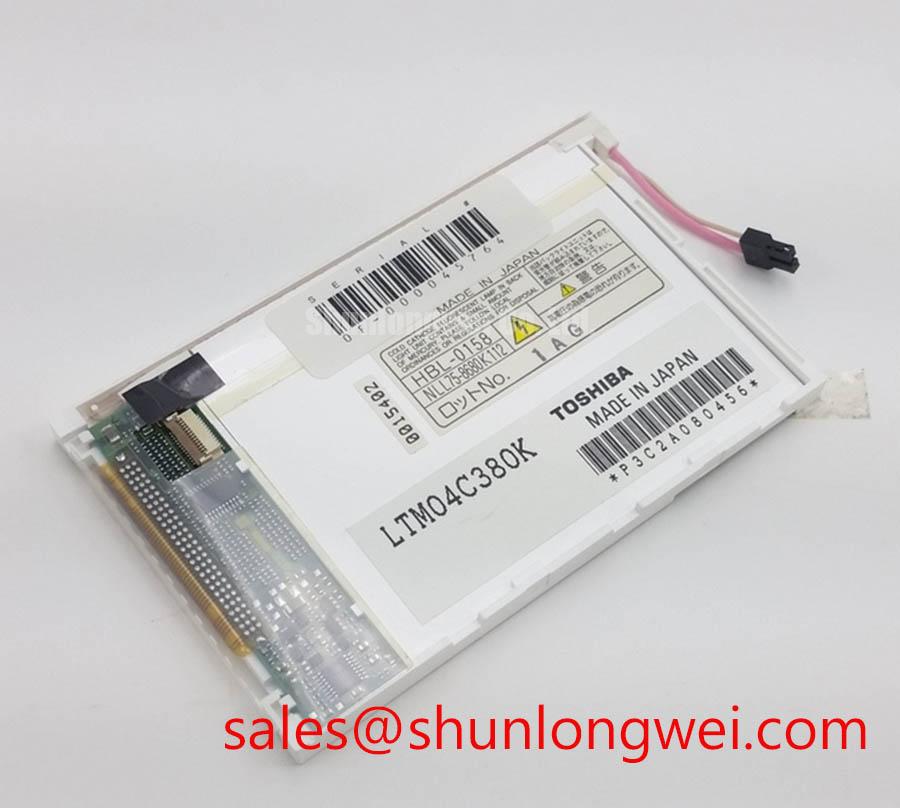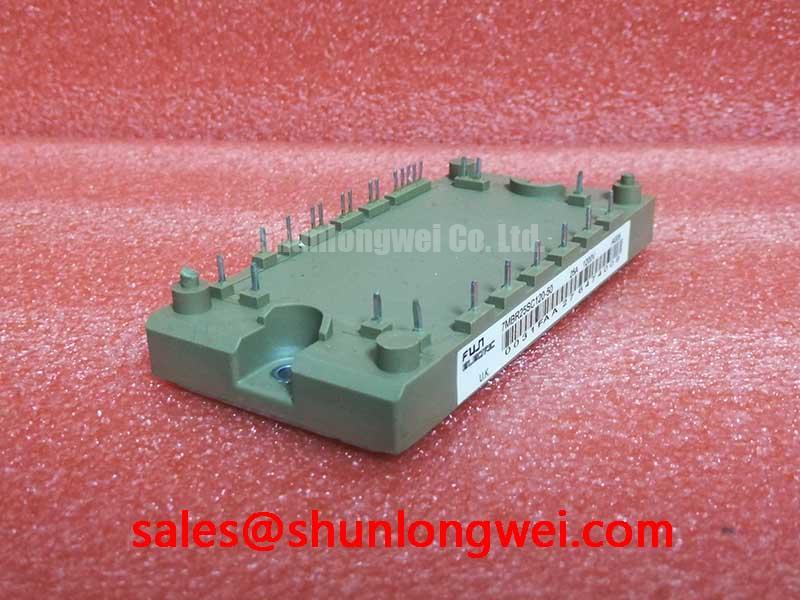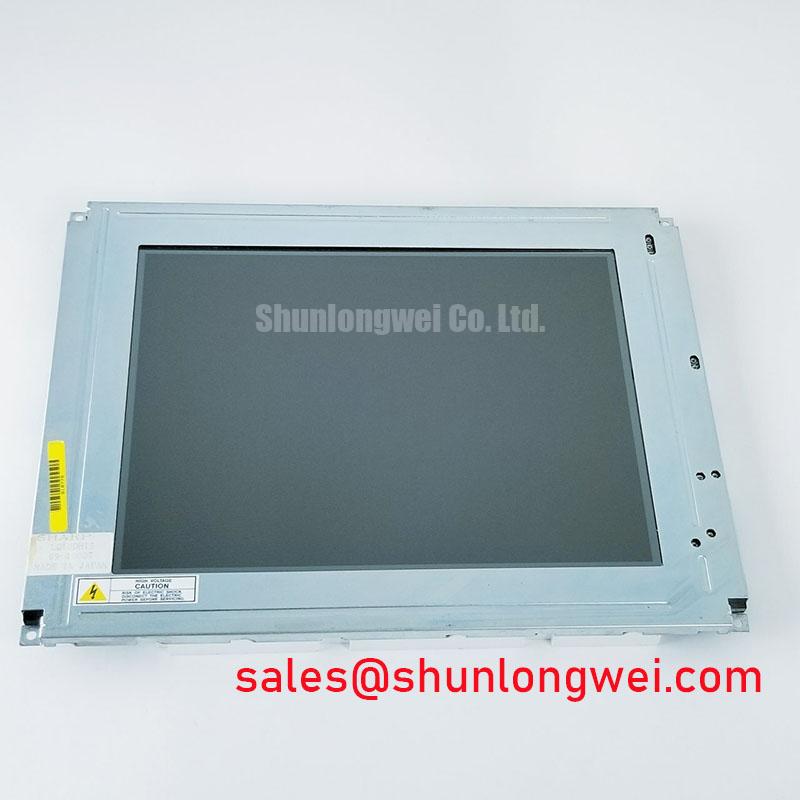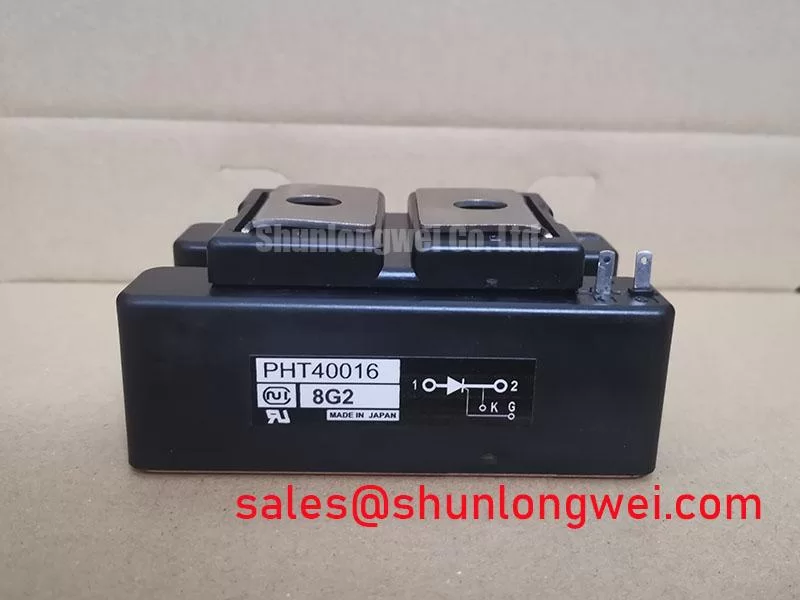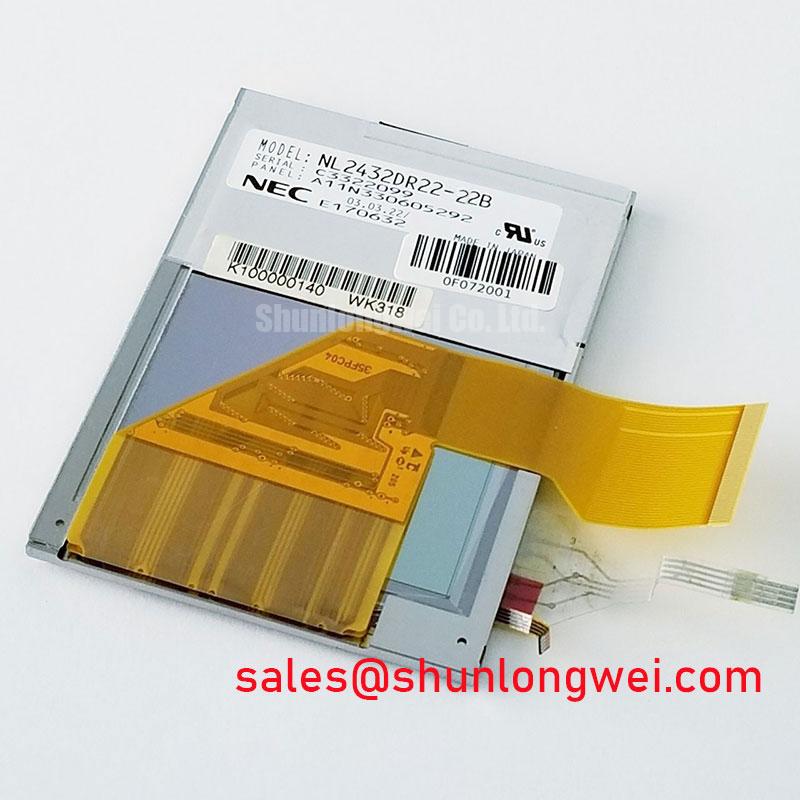LTM04C380K: An In-Depth Engineering Review of the 4.9-inch Color TFT-LCD Module
Content last revised on October 14, 2025.
Key Parameter Overview
Specifications for Streamlined System Integration
The LTM04C380K is defined by a set of specifications tailored for creating compact and efficient human-machine interfaces. The parameters below are critical for system architects and design engineers evaluating this display for new or legacy projects. Highlighting these values provides a clear, at-a-glance understanding of its core capabilities, especially concerning physical integration and electrical interfacing.
| Parameter | Specification |
|---|---|
| Display Technology | a-Si TFT Active Matrix |
| Screen Size (Diagonal) | 4.9 inches (12.4 cm) |
| Resolution | 480 (H) x 234 (V) pixels |
| Active Area | 108.0 mm (H) x 64.8 mm (V) |
| Outline Dimensions | 120.0 mm (W) x 80.6 mm (H) x 9.0 mm (D) |
| Weight | 115g (Typical) |
| Interface | Digital RGB (8-bit) |
| Backlight System | 1x Cold Cathode Fluorescent Lamp (CCFL) with integrated driver |
| Luminance | 250 cd/m² (Typical) |
| Operating Temperature Range | -10°C to +60°C |
| Storage Temperature Range | -20°C to +70°C |
Download the LTM04C380K datasheet for detailed specifications and performance curves.
Application Scenarios & Value
System-Level Benefits in Compact HMI and Instrumentation
The LTM04C380K color TFT-LCD module is engineered to deliver significant value in applications where space, development time, and bill-of-materials (BoM) are critical design constraints. Its feature set makes it an excellent candidate for a range of specialized industrial and commercial equipment.
Consider the challenge of developing a portable diagnostic tool for field technicians. The device requires a clear, graphical display for data readout but is limited by a compact handheld enclosure and a tight budget. The LTM04C380K directly addresses this high-fidelity engineering scenario. Its 4.9-inch form factor is small enough for portable designs, while the 480x234 resolution provides sufficient detail for displaying critical system parameters. The most significant advantage is its integrated CCFL backlight driver circuit. This feature eliminates the need for an external inverter board, a component that consumes precious PCB real estate and adds cost and complexity. By integrating this function, the LTM04C380K simplifies the power supply design and reduces the overall system footprint, accelerating the path from prototype to production.
Primary applications include:
- Portable Test and Measurement Equipment
- Industrial Process Controllers
- Medical Monitoring Devices
- Data Terminals and Point-of-Sale Systems
- Small-footprint Human Machine Interface (HMI) panels
While the LTM04C380K is ideal for such compact designs, systems requiring a slightly larger viewing area for more complex data visualization might consider the 5.7-inch G057VN01 V2 or the KCG057QV1DB-G000.
Frequently Asked Questions
Engineering Clarifications for the LTM04C380K Display
What is the primary benefit of the integrated backlight driver on the LTM04C380K?
The key benefit is a significant reduction in system design complexity and BoM cost. The integrated driver circuitry eliminates the need for a separate, external CCFL inverter, saving PCB space, reducing component count, and simplifying the power design and procurement process for engineers.
Does the LTM04C380K require an LVDS interface?
No, it does not. The LTM04C380K utilizes a standard 8-bit parallel Digital RGB interface. This simplifies connection to a wide variety of microcontrollers and processors, including many cost-effective models that lack dedicated LVDS transmitters, thereby lowering potential system costs and easing software development.
How does the 480x234 resolution in a 16:9 aspect ratio benefit my application?
The widescreen 16:9 aspect ratio is well-suited for displaying horizontally oriented information, such as timelines, waveform data, or menu systems with sidebars. The 480x234 resolution provides a clear and effective pixel density for the 4.9-inch screen size, ensuring readability for text and graphics in typical industrial and instrumentation use cases.
Technical Deep Dive
Analyzing the Integrated Driver and Digital Interface Design
A granular analysis of the LTM04C380K reveals two integration-centric characteristics that were pivotal for its target applications: the self-contained backlight power system and the straightforward parallel data interface. These choices reflect a design philosophy focused on reducing the engineering burden on the system integrator.
The integrated backlight driver can be thought of as a dedicated power subsystem. It's like a car's audio system having its own perfectly matched amplifier built-in. An engineer doesn't need to source, validate, and find space for a separate, bulky component; they simply provide a standard DC voltage to the module. The onboard circuitry handles the complex task of converting this low voltage DC into the high-voltage, high-frequency AC required to ignite and sustain the TFT-LCD's cold cathode fluorescent lamp. This removes a significant source of potential EMI and design complexity from the main system board.
Furthermore, the selection of a parallel Digital RGB interface over a serialized one like LVDS is a critical decision. A parallel interface is analogous to an eight-lane highway for data—it’s direct, easy to implement, and requires no special "on-ramps" or "off-ramps" for data conversion. This allows for direct connection to the I/O pins of many standard embedded processors or a single-board computer (SBC). In contrast, LVDS acts more like a high-speed bullet train on a single track; it’s faster and uses fewer wires but requires specialized transmitter and receiver chipsets to serialize and de-serialize the data. For the moderate data rate required by a 480x234 display, the simplicity and lower cost of the parallel interface is a distinct engineering advantage.
Strategic Fit for System Upgrades and Niche Applications
The LTM04C380K represents a strategic choice for engineers developing new, cost-sensitive devices or maintaining the lifecycle of existing equipment. Its combination of a compact widescreen format, integrated driver electronics, and a universally compatible digital interface provides a durable foundation for systems where development efficiency and component consolidation are paramount. It offers a clear pathway to implementing a graphical interface without the overhead often associated with more complex display technologies, securing its relevance in specialized industrial sectors.

